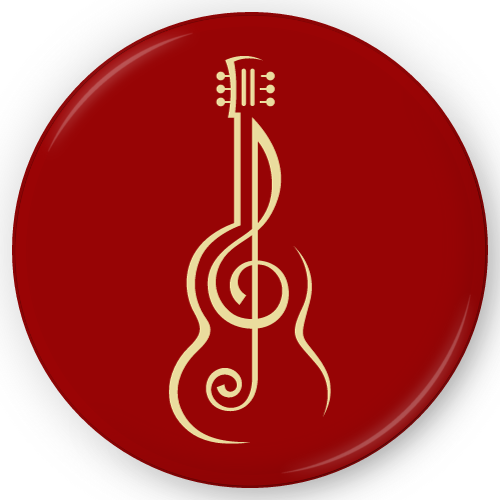9 Preludes for Guitar by Tom Chalko
Composer Notes
Public performances/recordings
Recordings of Preludes #1,#2,#3 have been incorporated in “The Dance of the Lyrebird” documentary produced by Tessy and Berndt Amesriter in 2011.
They were performed live on stage on the 7th and 8th January 2012 during the premiere of “The Dance of the Lyrebird” documentary in Foster Memorial Hall (Foster, Australia) and during my recital on 30th of May 2015 at Mt Best Hall (Mt Best, Australia), along with the Prelude #4.
Preludes #7 and #8 were performed live at Mt Best Hall on 25 March 2016
#1: No accidentals
Composed in 1999.
The title came to my mind when I wrote the score of this prelude on paper: there were no accidentals in the score...
The tremolo section may be repeated an arbitrary number of times and can serve as a stand-alone tremolo etude.
#2: Romance
This prelude has also been known by another title: “Falling in Love”.
I composed it in 2000, shortly after I wrote my second book “The Freedom of Choice” that addressed the purpose of existence and meaning of life.
#3: Lyrebird Song
I composed and recorded this prelude in two days at the request of producers of the “Dance of the Lyrebird” documentary, Tessy and Berndt Amesriter, in 2011.
The lyrebird is an Australian “icon” bird, immortalized on a 10-cent Australian coin, but very few Australians had an opportunity to see and hear a lyrebird in its natural environment.
Among birds, the lyrebird is the world’s best impersonator. In addition to composing their individual songs, lyrebirds learn to mimic other birds, sounds in the forest and can even mimic a sound of a chainsaw. If you happen to live next to their habitat – you can learn to distinguish singing sequences of individual birds.
The Lyrebird Song aims to illustrate a contrast between the peacefully majestic harmony of a lyrebird’s habitat (Strzelecki rainforest in Victoria, Australia) and the high-pitch lyrebird song sequences that start without warning.
There are two “lyrebird songs” present in this composition: one imitates a complex sound sequences of a mature male lyrebird and another imitates a song of a very young male lyrebird, which is just trying to learn to sing its very first song. I haven’t tried to imitate a chainsaw sound...
#4: Echoes
I composed this prelude a few days before my recital at Mt Best Hall, Australia on 30 May 2015. My aim was to try to play music that was “memorable” in a sense that at least some listeners could remember the melody or feelings they associated with it after the music stopped.
This prelude is called “Echoes” because it relies on free strings E6, A5 and D4 to “echo” the harmonics of notes played on treble strings, whenever possible. Have this in mind when performing.
#5: Rondo
I composed Rondo in 2005 to illustrate my method of “optimal tuning” of classical guitar.
See mtbest.net for details
Rondo quickly reveals if a guitar at hand is able to maintain good tuning in high fingerboard positions or needs some work to optimise its tuning.
#6: Nocturne
Composed in 2015.
It requires a guitar with XX fret for E1 string.
#7: Cantilena on D string
Composed in March 2015.
First performed in public at Mt Best Hall (Mt Best, Australia) on 25 March 2016.
#8: Promenade
Composed in 1999
During long continuous performances I played this prelude between other compositions to relax instead of making a break.
#9: Domra
Composed in 2015.
The title of this prelude was inspired by a comment from a family member, who said that parts of this prelude, although played on guitar, resembled a sound and style of domra.
Tom Chalko,
Mt Best, Australia, 21 June 2016


